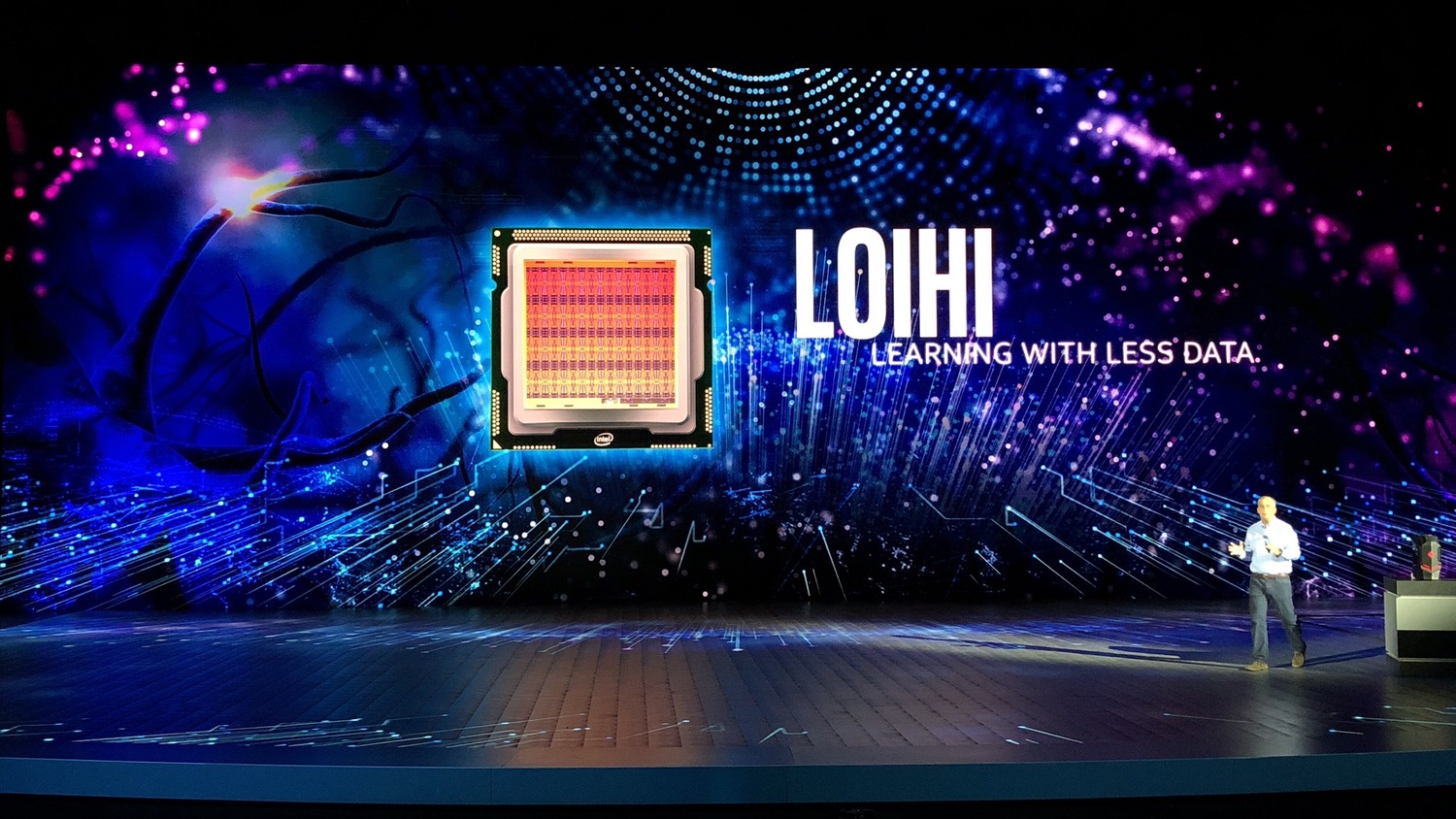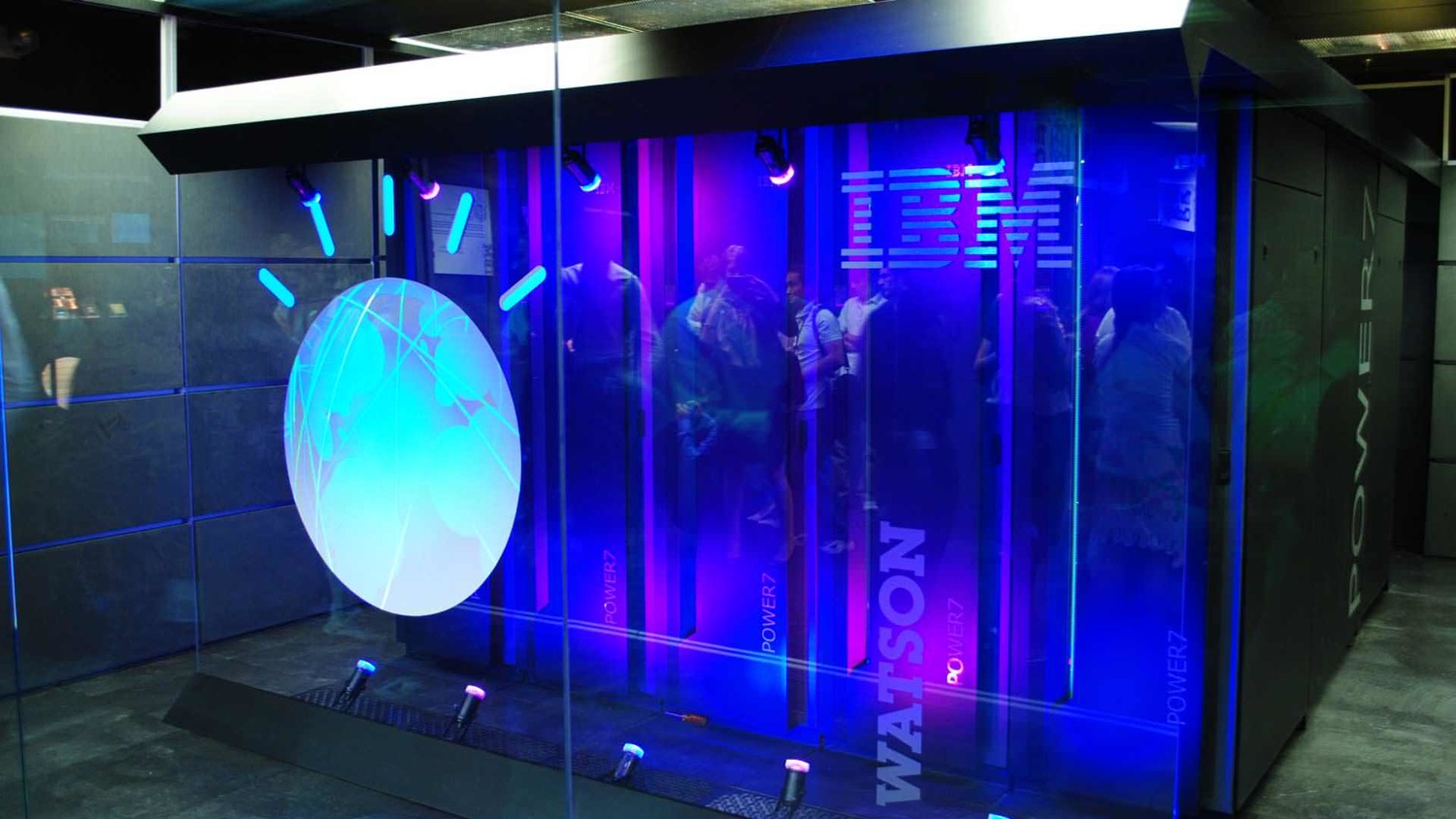A Reflection on AI in Life and the Workplace
There is no question that businesses are evolving their companies with a firm focus on integrating Artificial Intelligence more significantly and universally into the core operations and workflow of their departments, offices, supply chains, and client ecosystems with the aim to improve efficiency, scale, and productivity. Already projected to contribute 16 Trillion USD to the global economy and boost global GDP by 26% in 2030 (PwC, 2018), AI-enabled tools for business tasks from data collection, data management, data organization, data processing, and accelerated discovery (e.g. IBM’s Watson) promise to transform the face of the global marketplace. And who is responsible for that? Well, let’s tag the Information Age, our infinite curiosity, our competitive drive to amass information, our unquenchable desire to understand how stuff works- to the nanoparticle, and our indefatigable need to expound the mystery of what’s inside the black box.
Indeed, our quest for knowledge and our hunger for information; as well, our desire to find ways to monetize that knowledge has birthed the Deep Blue chess champion and Google’s Alpha Go- optimized for self-learning without human help. Perhaps that is why Jack Pagien, Wally Pfister, Johnny Depp, Morgan Freeman, Rebecca Hall et. al invested their time, money (also Elon Musk), and talent into producing the movie, Transcendence. Could it be (is it already) possible that machines are also evolving to transcend the boundaries of human intelligence, as well? Bill McDermott (CEO, SAP) began his WEF (World Economic Forum) 2018 article, “Machines Can’t Dream” with the statement: “People are concerned about robots.” at the same moment as Brian Krzanich (CEO, Intel) was standing on stage at CES 2018, first assuaging fears about future security breeches in IT systems (like those just experienced with Meltdown and Spectre), then announcing the first micro-computer chip, Loihi (also the youngest volcano in the Hawaiian chain), designed to bio-mimic the human brain.

So, have machines now moved from knowledge aggregators to information processors to artificially intelligent devices that self-learn…even without human interaction, to generate more targeted, accurate information faster than the human brain?
Will artificial intelligence one day catch up (surpass) human natural intelligence (NI)? Well, futurists predict that machines will match human intelligence in as few as 12 years. Then, what about the transcendence (evolution) of artificial intelligence beyond the conscious, rational human mind? Well, that’s coming too. So, what do we do?

Simple, we need to evolve as well. We need to invest in the creative evolution of our human species. We need to reinforce and enhance that which differentiates ourselves- naturally intelligently, from the AI/Robots (e.g. co-robots) now already among us (e.g. Dr. Hanson’s Sophia robot). And, wouldn’t it be supremely wise to also ensure that our 4th Industrial Revolution future narratives, research, resources, inventions continue to remain focused on visualizing the world we want to realize as a global society, where AI/robotics are portrayed as wing-men and wing-women in support of positive human+human problem-solving, positive human+human key decision-making and wise discernment; not as replacements for the human+human interaction, nor a substitute for the human+nature (earth, environment) connection?
GENPACT reports (January 2018) that 82% of global business leaders surveyed aim to implement AI in their companies within 3 years; BUT only 38% are re-skilling their employees to adapt. What is the message that the missing 44% of businesses not re-skilling their workforce for AI are sending to their employees? Right… We need to re-skill, re-tool, re-train for a new world, which is honestly already here… Fortunately, research by Garner (2018) also concludes that 2.3 million NEW jobs can be added to the global workplace by 2030— partly given the exponential grow in the service economy and partly driven by AI advances in technology. So, there is a bright light ahead of us and a real opportunity (as well, critical need) perceived in the next now future for the human work force to creatively, naturally intelligently evolve. Again, the real issue with the Future of AI is not necessarily a shortage of jobs, but rather a shortage of skills to fill the NEW jobs that an AI-enabled workplace requires (Stephane Kasriel, CEO of Upward). These new jobs will require new, different skills currently not widely represented in the work place. And, they will require an open, flexible, resilient work force who is ready, willing, and motivated to activate their creative natural intelligence and evolve. So, how do we do that? Our foresight in cracking the code of this NI/AI narrative- where the future evolution of AI leads to the co-evolution of human natural intelligence now matters. Why? AI’s presence in our lives and in the workplace will only grow.
We Have Created an Urgent Need for AI in our World
AI Can Elevate Social, Economic, Environmental Good

Given the abundance of data we have generated during the Information Age, we have created an urgent need to now deploy hyper-efficient means to more accurately churn through these massive stores of data that—when well ingested and organized; may indeed help guide to higher quality decisions in our rapidly changing world. The all-woman panel at the AI Watson CES session suggested that by 2020, fifty new terabytes of data would be generated in the world every second; and that even today, for example, 8000 new cancer reports are published every 24 hours. Imagine!
True, it is humanly impossible for us now to ingest and to process the enormous sea of data that we have created in our inter-connected, limitless, cloud-based society… let alone, arrive at any thoughtful analysis. Enter AI Watson to fast process and marry previously isolated bodies of what IBM terms, Data Lakes of information in novel ways, so as to generate fresh and targeted insights for higher quality human+human problem-solving. Wow? Yes. Value add? Yes, especially for focused, refined, select datasets and targeted, well-defined questions. And further, as AI Watson is designed to self-learn, self-correct, and reduce data error; this AI decision-support system sounds like the optimal information-crunching work-horse for a new work force…no? For Autodesk, when they substituted Ava, their Watson-powered virtual assistant for human customer support; the resolution time for technical support cases went from 38 hours to 5 minutes; and $15-20 USD per case to $1 USD. Amazing, yes? So perhaps when delivering technical information and support to customers across a vast range of highly technical products; Watson-powered solutions work well. However, when it comes to building new customer accounts, reinforcing healthy customer relations, accumulating trust capital for future business development; no AI-powered machine can replace the authentic human+human social, conscious, emotionally intelligent interaction. Yes, in highly technical companies like Autodesk, the Watson-powered Ava solution makes a lot of sense to optimize efficiency and customer/user technical support. But, then those workers displaced by AI-Ava in the technical support call centers can be re-skilled for specialized, final call support or re-oriented into new positions as reviewers for new products going to market or re-trained in STEM as junior engineers designing, disrupting current product offerings, or re-skilled with greater emotional intelligence cues to optimize the human+human relationship between clients and company. Right?

There are 1000’s of AI-integration examples in society and the workplace that provide superior social, economic, environmental good. How many magnitudes safer, more efficient, cost-effective, environmentally less wasteful might AI-solutions make the airline industry in optimizing flight plans, the shipping industry in optimizing transport of goods, the e-commerce industry in optimizing theft-free delivery? These are trillion dollar problems that AI-enabled technology has the real potential to solve; so the economic benefits of an AI-enabled world are clear. One can also imagine launching AI-enabled missions that are potentially dangerous for humans; like patrolling the open seas for pirates, or wandering the tropical jungles for poachers, or traversing disputed political borders for landmines, or unclogging underground urban sewage. These are security and safety problems that AI-enabled technology has the real potential to solve; so the social-environmental benefits of an AI-enabled world are also clear. Thus, an AI-enabled world is here. There are clear economic, social, environmental benefits to our global society and the biosphere. AI-enabled technologies are predicted to generate over $2.9 Trillion USD in business by 2021 (WEF 2018). AI-solutions simply need to be integrated into the fabric of our human-centric spaces and work places in parallel with well-thought, wholistic approaches to human workforce co-evolution and co-optimization. And conversely, we as the human work force need to take it upon ourselves to awaken our natural intelligence, stimulate our creative minds, remain agile, fearlessly adapt, and consciously evolve. Now the question is How? (see Part II: CES 2018)


